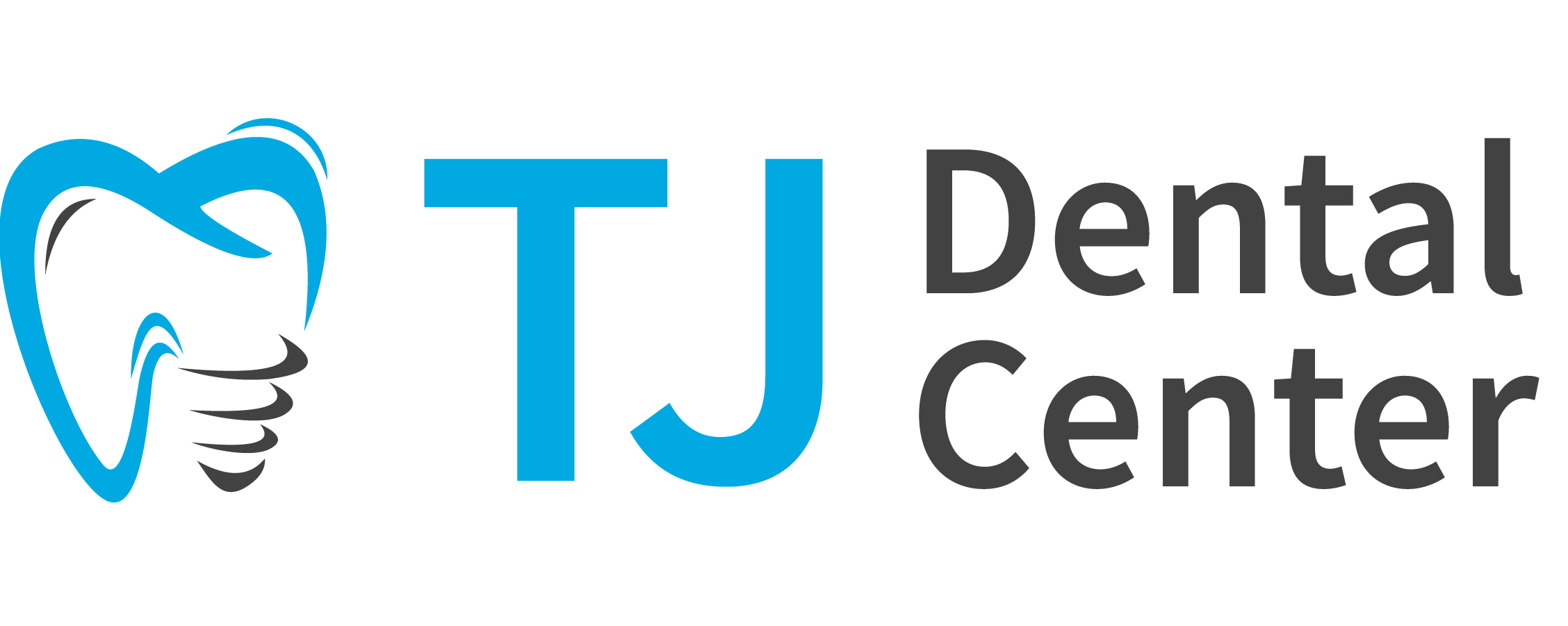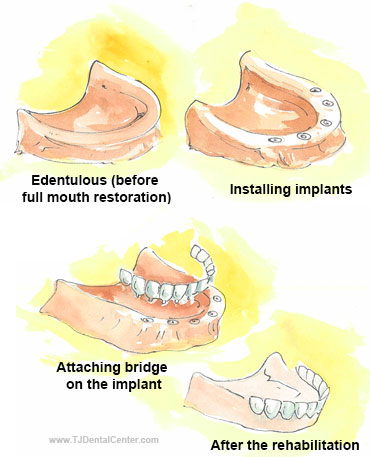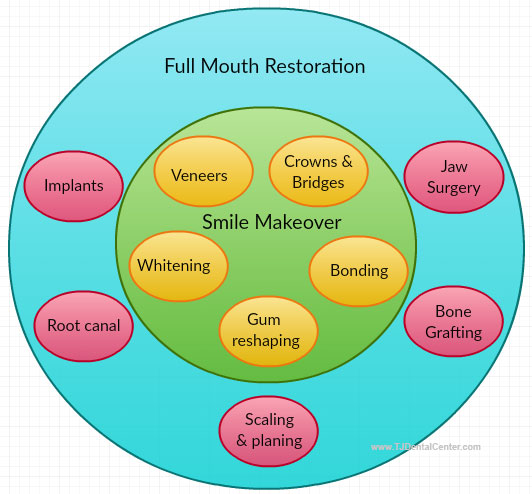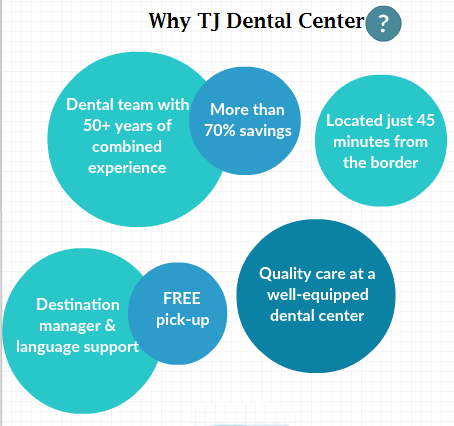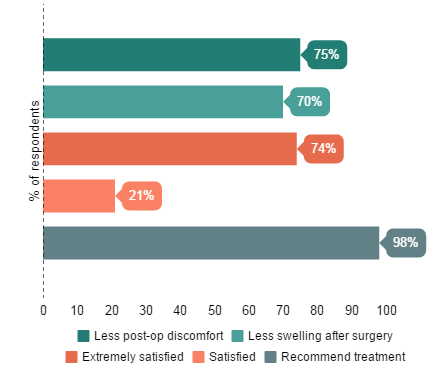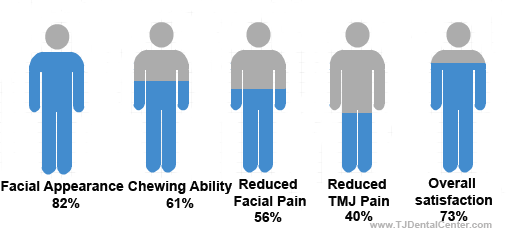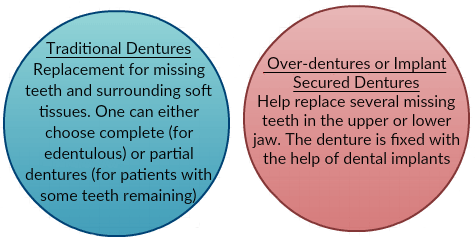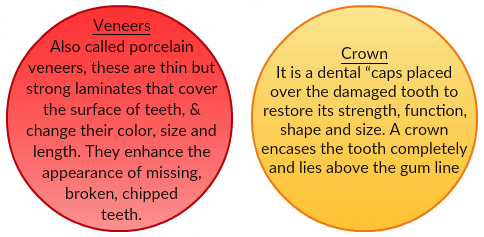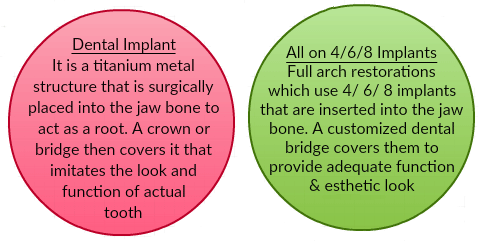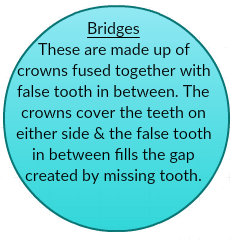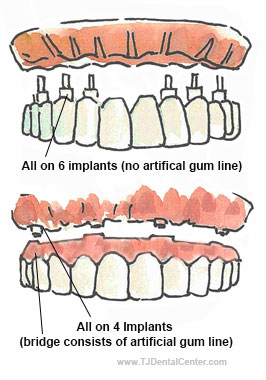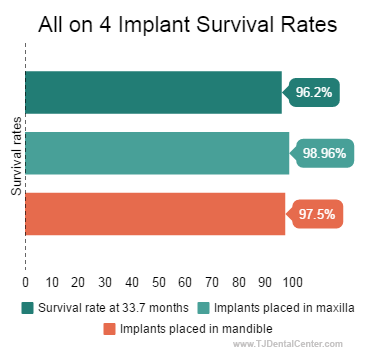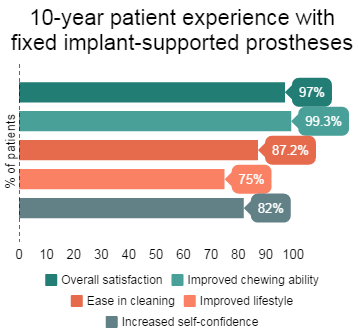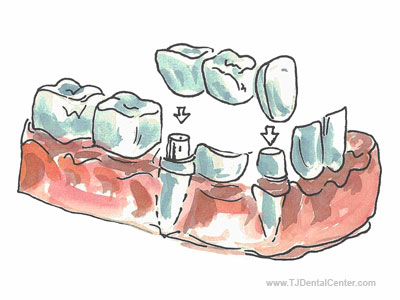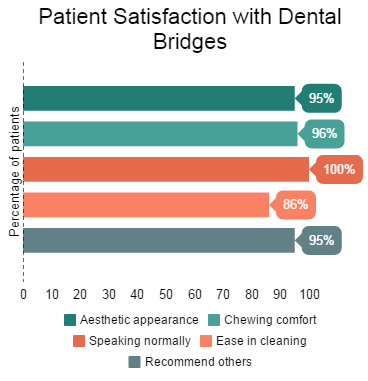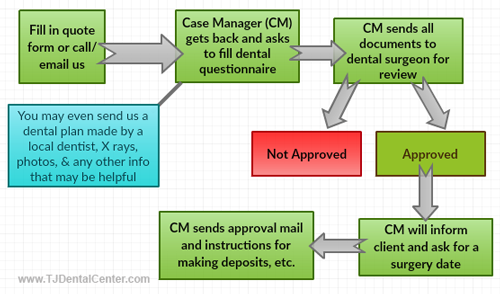Complete oral rehabilitation, also known as full mouth reconstruction/restoration consists of all the procedures performed to rebuild and/or restore all of the patient’s teeth in both the jaws. Such procedures include and may not be limited to crowns, bridges, implants, dentures and veneers.
We at TJ Dental Center offer full mouth restoration in Tijuana, Mexico for a fraction of the US prices.
Price List
| Procedure | Our Price* |
| 6 implants in top / bottom arch with abutments and crowns (scroll below for details) |
Less than $17,000 |
| All on 4 Implants | Less than $8,800 |
| All on 6 Implants | From $7,400 |
| All on 8 Implants | Less than $10,000 |
*Note: Prices are subject to change. Fill in the quote form on the right for the latest information.
Package Details
Option 1. Complete Rehabilitation with Implants
Package price includes:
- 6 implants each in the top and bottom arch
- Abutments
- Laser treatment
- 20 porcelain crowns with a metal base
- Platelet Rich Fibrin (PRF) for accelerated healing
- IV sedation for pain-free dentistry
- 5-night stay at Hotel Lucerna
Option 2. Dental Rehabilitation with Crowns and Veneers
Package price includes:
- 6 crowns/dental veneers
- 1 night hotel stay
- Dental cleaning
Option 3: Hybrid Implants (All-on-4/6/8 Implants)
- Four implants topped with acrylic bridge, or
- 6 MegaGen/Nobel Biocare Implants, or
- 8 Implants topped with fixed porcelain bridge
Modes of Payment
We accept the following:
- Cash (follow your case manager’s instructions)
- Cashier’s Check
- Credit Cards
- Dental Loans
- Online Transfers
- PayPal
Why Us?
- Packages which cost just a fraction of average US prices
- A competent team of dental implantologist and cosmetic dental expert
- Both have a combined experience of more than five decades
- Options for pain-free, sedation dentistry for those with fear of the dental chair:
- Safe sedation lasting 2 to 2.5 hours through tablets at no extra cost
- Intravenous sedation (IV) ( cost included in package for complete rehabilitation with dental implants; for other options contact us for more details by filling in the website quote form)
- Trusted international brands and materials, such as:
- Megagen®
- AnyRidge®
- Nobel Biocare®
- Invisalign®
- Complete destination support to clients in the form of:
- Assistance in hotel bookings
- Pre-trip help (assistance in passport/visa and other travel documents)
- Complimentary pick-up
- On-site patient coordinator
- Language support (in English, Spanish, French)
Why is Full Mouth Reconstruction Cheaper in Tijuana? 1
Mexico is more affordable than the US or Canada with regards to getting full mouth rehabilitation. The total cost of travelling, lodging and treatment amounts to much less as compared to the cost of procedure alone due to the following reasons:
- Lower cost of living in Mexico as compared to in the US and Canada
- Availability of cheaper labor
- Competitive pricing made possible by large number of dentists
- Wide preference to arbitration over litigation; thus there is no need for the doctor to buy malpractice insurance and pass it on to patients in the form of treatment cost
- Minimal or no student loan to be paid by the dentists as compared to their American counterparts
Know Your Destination
- Tijuana is a border city in Mexico right across the port of entry at San Ysdiro, California.
- The port of entry is open 24*7.
- The nearest American airport (the San Diego International Airport – IATA Code: SAN) is only about 20 minutes from TJ (click here for more information on getting there and the travel documents required).
- TJ abounds with tourist attractions which can be explored while on a full mouth rehabilitation trip. Click here for more information on travel attractions of the Mexican border city.
Who is a Candidate for Complete Oral Rehabilitation?2,3
- Edentulous or has lost significant numbers of teeth due to trauma / fracture / injury
- Who has lost or is at the risk of losing all teeth due to infection / decay
- Suffers from the problem of loose teeth
- Who has broken or deformed teeth due to Temporomandibular Joint Disorders (TMJ) / bruxism
- Whose teeth are worn out, cracked or chipped
- Who has faulty or brittle dental restoration
Treatment Satisfaction Rates
Patient satisfaction after full mouth restoration is quite high as can be seen from the following figure taken from a 2012 research study by Charles A. Babbush:4
The following figure based on a research study by Pahkala and Kellokoski shows patient satisfaction rates after oral and maxillofacial surgery:5
Full Mouth Rehab Procedures We Offer
Step By Step Guide To Complete Smile Makeover
Dental Implants
Step 1
Preparatory phase could involve all or any of the following procedures:
- Extraction of any damaged tooth that could interfere with the rehabilitation process.
- Extraction may be accompanied with alveoplasty (for smoothening the jawbone).
- Bone grafting may be performed in case of low bone density in the jaw area and for fortifying the region.
- Sinus lift may be performed to strengthen the region where the implant is to be placed.
Step 2
- Laser therapy may be performed to expedite recovery and keep infections at bay.
Step 3
Dental implant procedure usually involves two surgeries:
- In the first surgery, the surgeon will insert the dental implant (artificial tooth root) and close the site.
- The second surgery will take place 3 to 6 months after the initial surgery in which the surgeon will place an abutment over the implant after it has successfully fused with the jawbone in a process known as osseointegration.
- This abutment will be topped with a crown.
Note – One stage dental implant surgeries are also available which involve placing the implant, abutment and a temporary crown in a single visit.
Click here for more information on affordable dental implants in Tijuana, Mexico.
Aftercare
- Practice good oral hygiene by brushing your teeth everyday using a special interdental toothbrush that can reach all the nooks and crannies around your new teeth.
- Make sure to have your dental check-up every six months.
- Avoid chewing on damaging objects, such as ice and candy which could harm your crown; refrain from stain-causing foods and beverages, such as tea, coffee, and red wine.
All on 6/8 Implants
Unlike all on 4 implants, all on 6 and 8 implants require adequate bone in the jawbone. These involve placement 6/8 implants in the jawbone and are topped with dental bridges made of 12 to 14 units of teeth.
All on 4 Implants
While other solutions may require a minimum of six implants and bone volume, the all on 4 implant system allows you to get a full set of teeth in a jaw based on only four implants in just one day. Hence, it is also known as teeth in a day.
- The mouth will be evaluated by performing some diagnostic tests, such as CT scans and dental x-rays.
- The treatment will begin by numbing the area using an anesthetic.
- The jaw will be prepared by removing teeth and drilling four holes to accommodate the implants
- The implants towards the back will be dug in at a 45 degree angle so as not to interfere with the sinus cavity and the nerve canal.
- After the implants are secured into the jawbone, these will be attached with abutments which will then be fastened to either a bridge or a denture.
The following figure derived from two research studies (by Crespi R and colleagues and Cui HY et al.) shows survival rates for All-on-4 dental implants: 6,7
Click here for more information on hybrid implants such as All-on-4 dental implants in Tijuana.
Traditional Removable Dentures
- Any damaged teeth that may interfere with rehabilitation process will be extracted.
- The dentist will take gum impressions.
- These impressions will be used to make the dentures.
- The dentures will be tested to ensure that the bite is appropriate.
Aftercare
- Make sure you scrub your dentures daily.
- Use a soft-bristled toothbrush to clean your dentures.
- Floss regularly.
Implant -secured Dentures
Another version of removable dentures is over-dentures or implant secured dentures. Instead of resting on the gum line, these dentures are supported by implants embedded in the jawbone.
Steps Involved:
- The first surgery involves placement of implants in the jawbone.
- For this an incision is made in the jawbone, followed by drilling holes in it.
- The implants are placed in the holes, and the incision is sutured back.
- After their successful osseintegration with the jawbone (which may take three to six months), the oral surgeon performs a second surgery to expose the tops of the implants (in the time period during which the implant fuses with the jawbone, the surgeon may place temporary dentures resting on the gumline).
- This is followed by placing caps on the top of the implants .
- A few days after the second surgery, the implant tops will be replaced with abutments.
- The surgeon will take impressions of your gum to make the denture framework.
- This will be followed by placement of a metal bar on which the dentures will rest.
- The denture will be placed on the metal bar and if everything goes well will be secured with ball/bar attachments.
- Since these dentures will be clipped/snapped on to the attachments, these are also called snap-on removable dentures.
Aftercare
- Overdentures can be taken care by interproximal brushing in addition to regular brushing and flossing.
The following figure shows 10 year patient experience of those with fixed implant prostheses (taken from research study by Sandberg et al.)8
Bridges
These are alternatively known as fixed partial dentures (FPD).
Step 1 Preparation
- The abutment teeth (the two teeth on either side of the gap which will hold the bridge) are reshaped by removing part of the enamel and dentin so that they can be topped by a crown.
- Impressions of the teeth are made; till the time the bridge is ready, a temporary bridge is placed over the prepared teeth.
Step 2 Actual Procedure
- Once the bridge is ready the temporary bridge is removed.
- The new bridge is fit into place and checked for its placement.
- In case of a fixed bridge the dentist will fix it with special cement.
Step 3 Aftercare
Maintain oral hygiene with brushing, flossing and rinsing the mouth.
The following figure based on a 5-year retrospective study by Chan ES et al. shows patient satisfaction rates among those with fixed partial dentures:9
Dental Veneers
Step 1 Diagnosis
- This stage will involve examination of your teeth, followed by taking x-rays and making impressions of your mouth and teeth.
Step 2 Preparation
- Preparation of a tooth for veneer will involve removal of nearly 0.5 mm of the enamel (almost equal to the thickness of the veneer).
- For this purpose, the surgeon may numb the area with local anesthesia.
- This will be followed by making an impression of the tooth to be sent to the dental lab for preparing the veneer.
- It may take 5-7 days for making the veneer.
- The surgeon may affix temporary veneers to mask really unattractive teeth, till the time the veneers are back from the lab.
Step 3 Bonding
- The veneer is temporarily placed over the tooth to see if it fits well and matches the natural color.
- Parts of the veneer are trimmed off till the time it is not an exact fit.
- The tooth is prepared by cleaning it, polishing it and is roughened by etching so that it gets strongly bonded with the veneer.
- After applying special cement to the veneer, it is placed on the tooth and properly positioned.
- A special laser beam is flashed over the cement to activate the chemicals present in it so that it hardens and sets quickly.
- The procedure concludes with the dentist removing extraneous bits of cement and checking the veneer for its correct placement.
Taking care of dental veneers
Maintain oral hygiene with brushing, flossing and rinsing the mouth.
Crowns
Step 1 Assessment and Preparation
- X-rays may be taken to check the roots of the receiving tooth as well as the bone surrounding it.
- A root canal treatment may be performed in case the tooth suffers from severe decay and infection.
Step 3 Actual Procedure
- The receiving tooth and the surrounding gum tissues will be numbed with local anesthesia.
- To make adequate space for the crown, the receiving tooth will be filed down.
- In case damage and decay have caused large parts of the tooth to be missing, the missing area will be filled up using filling material.
- This will be followed by making impression of the prepared tooth.
- To ensure that the crown doesn’t interfere with the bite, impressions of the top and bottom teeth around the receiving tooth will also be taken.
- These impressions will be sent to the lab for fabricating the crown.
- In case of porcelain crown, it is ensured that the crown is of the same shade as the surrounding teeth.
- The prepared tooth will be covered with a temporary cap to protect it from further decay and degeneration.
- During the next visit, the temporary crown will be removed and the permanent crown will be fixed into place using special cement.
Taking Care of Dental Crowns
- Avoid chewing gums and other sticky foods which could pull off the crown.
- Avoid eating hard foods, such as raw veggies and ice, which could break the crown.
Contact Us Now for a FREE Complete Upper/Lower Jaw Restoration Quote
For more information on full mouth restoration in Tijuana – Mexico, fill in the quote-request form on the right.
References
1. KPBS Study on Dental Care across Border. Devin Browne, Jude Joffe-Block. Wednesday, February 9, 2011. http://www.kpbs.org/news/2011/feb/09/medical-maquila-insurers-are-following-americans-m/
2. Oral rehabilitation and psychosocial evaluation of a patient with bulimia nervosa following Teeth in a Day® immediate loading protocol. Balshi TJ, Wolfinger GJ, Alfano SG, Croce JN, Balshi SF. Compend Contin Educ Dent. 2015 Apr;36(4):e5-e11. http://www.ncbi.nlm.nih.gov/pubmed/25822854
3. Full Mouth Reconstruction of a Bruxer with Severely Worn Dentition: A Clinical Report. Somayeh Zeighami, Hakimeh Siadat, and Sakineh Nikzad Case Rep Dent. 2015 Jul 1. doi: 10.1155/2015/531618. http://www.ncbi.nlm.nih.gov/pmc/articles/PMC4502311/
4. Charles A Babbush, Post treatment Quantification of Patient Experiences With Full-Arch Implant Treatment Using a Modification of the OHIP-14 Questionnaire, Journal of Oral Implantology. 2012;38(3):251-260. doi: http://dx.doi.org/10.1563/AAID-JOI-D-12-00001
5. Surgical-orthodontic treatment and patients’ functional and psychosocial well-being
Pahkala R.H., Kellokoski J.K.
(2007) American Journal of Orthodontics and Dentofacial Orthopedics, 132 (2) , pp. 158-164. doi: http://dx.doi.org/10.1016/j.ajodo.2005.09.033
6. A clinical study of edentulous patients rehabilitated according to the “all on four” immediate function protocol.Crespi R, Vinci R, Capparé P, Romanos GE, Gherlone E. Int J Oral Maxillofac Implants. 2012 Mar-Apr;27(2):428-34. http://www.ncbi.nlm.nih.gov/pubmed/22442784
7. The All-on-Four implant therapy protocol in the management of edentulous Chinese patients.Di P, Lin Y, Li JH, Luo J, Qiu LX, Chen B, Cui HY. Int J Prosthodont. 2013 Nov-Dec;26(6):509-16. doi: 10.11607/ijp.3602. http://www.ncbi.nlm.nih.gov/pubmed/24179962
8. Ten years of patients’ experiences with fixed implant-supported prostheses. Sandberg G, Stenberg T, Wikblad K. J Dent Hyg. 2000 Fall;74(4):308-16.http://www.ncbi.nlm.nih.gov/pubmed/11314482
9. Patient satisfaction with fixed partial dentures: a 5-year retrospective study. Tan K, Li AZ, Chan ES. Singapore Dent J. 2005 Dec;27(1):23-9. http://www.ncbi.nlm.nih.gov/pubmed/16438265
